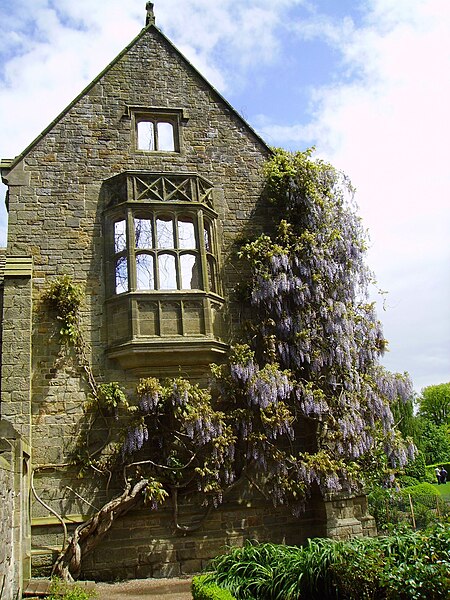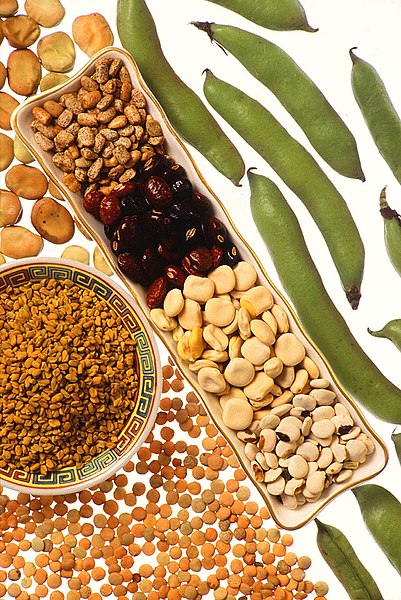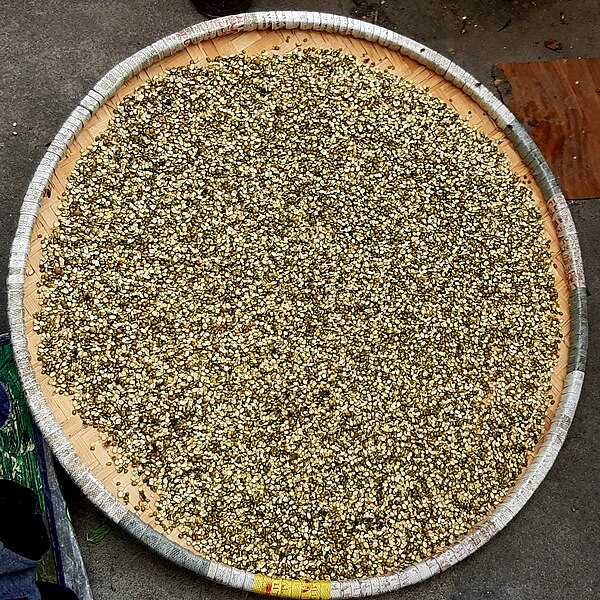Wisteria is a genus of flowering plants in the legume family, Fabaceae (Leguminosae). The genus includes four species of woody twining vines that are native to China, Japan, Korea, Vietnam, southern Canada, the Eastern United States, and north of Iran. They were later introduced to France, Germany and various other countries in Europe. Some species are popular ornamental plants. The genus name is also used as the English name, and may then be spelt 'wistaria'. In some countries in Western and Central Europe, Wisteria is also known by a variant spelling of the genus in which species were formerly placed, Glycine. Examples include the French glycines, the German Glyzinie, and the Polish glicynia.
Wisteria
Seeds and seedpods of Wisteria floribunda (Japanese wisteria). The seeds of all Wisteria species contain high levels of the wisterin toxin and are especially poisonous.
W. floribunda at Ashikaga Flower Park (ja) in Ashikaga, Tochigi, Japan. The largest wisteria in Japan, it is dated to c. 1870 and covered approximately 1,990 square metres (21,400 sq ft) as of May 2008[update].
Wisteria at Nymans Gardens (West Sussex, England)
Legumes are plants in the family Fabaceae, or the fruit or seeds of such plants. When used as a dry grain for human consumption, the seeds are also called pulses. Legumes are grown agriculturally, primarily for human consumption; for livestock forage and silage; and as soil-enhancing green manure. Well-known legumes include beans, soybeans, chickpeas, peanuts, lentils, lupins, grass peas, mesquite, carob, tamarind, alfalfa, and clover. Legumes produce a botanically unique type of fruit – a simple dry fruit that develops from a simple carpel and usually dehisces on two sides.
A selection of dried pulses and fresh legumes
Pulses for sale in a Darjeeling market
Pulses in a Nanglo tray
Freshly dug peanuts (Arachis hypogaea), indehiscent legume fruits








